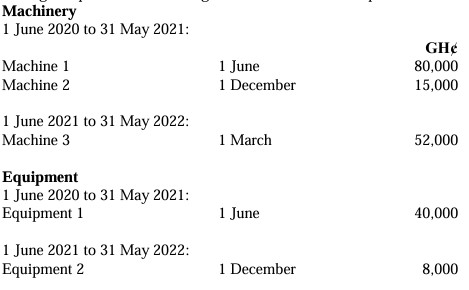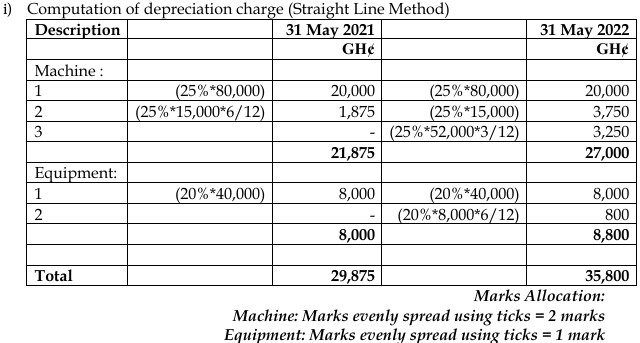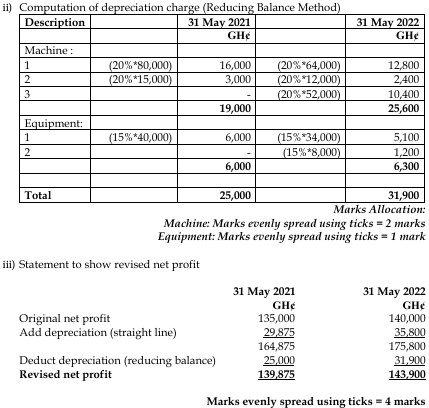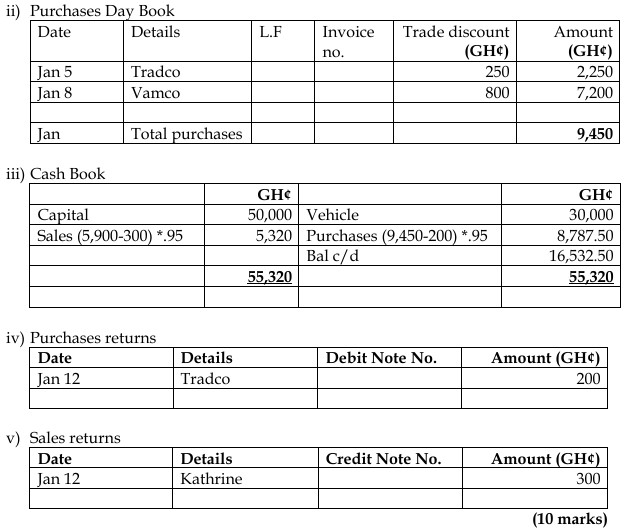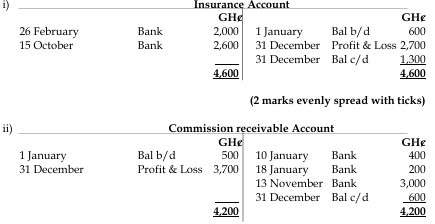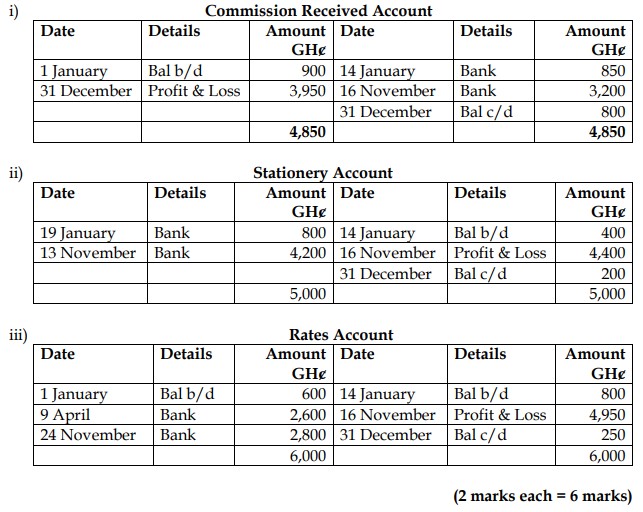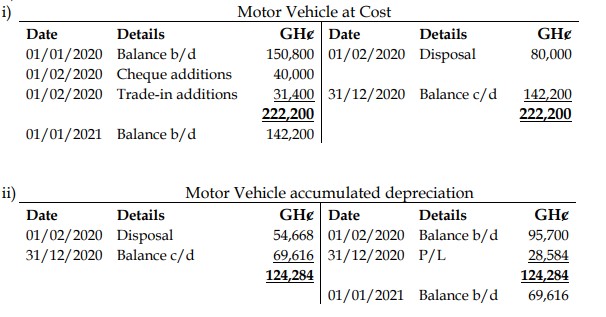- 10 Marks
Question
It is understood that different users require financial information for assistance in their economic decisions. Financial statements need to have certain characteristics or adhere to certain accounting principles in order to be useful to its users.
Required:
In relation to the statement above, write brief notes about the following:
i) Consistency
ii) Completeness
iii) Materiality
iv) Going concern
Answer
i) Consistency:
The presentation and classification of items in the financial statements should be similar from one period to the next unless there is a significant change in the nature of the entity’s operations or a change is required by a standard or an interpretation. This ensures that financial information can be reliably compared across periods.
ii) Completeness:
To be reliable, the information in financial statements must be complete within the bounds of materiality and cost. An omission can cause information to be false or misleading, thus affecting its relevance and reliability.
iii) Materiality:
Information is material if its omission or misstatement could influence the economic decisions taken by users on the basis of the financial statements. Materiality depends on the size of the item or error judged in the context of its omission or misstatement.
iv) Going Concern:
The going concern assumption means that the entity will continue in operation for the foreseeable future and has neither the intention nor the need to liquidate or curtail materially the scale of its operations. This assumption underpins the preparation of financial statements unless there is evidence to the contrary.
- Tags: Completeness, Consistency, Going Concern, Materiality, Qualitative Characteristics
- Level: Level 1
- Topic: The IASB’s Conceptual Framework
- Series: MAR 2024
- Uploader: Theophilus

